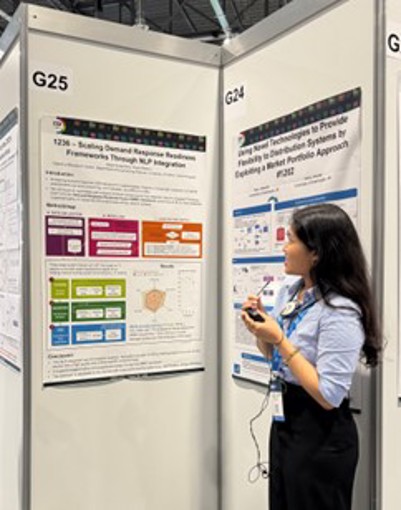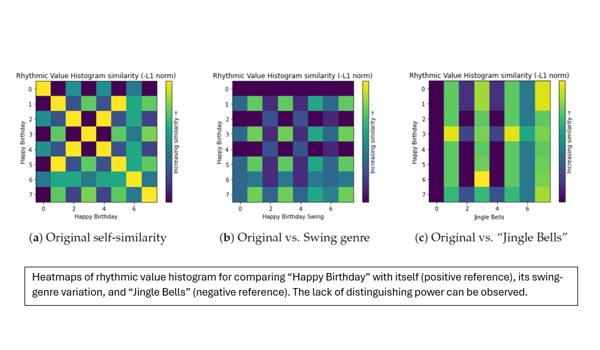31 Jul 2025
Introducing an Automated System to Evaluate Energy Demand Response Programmes
Katya Soegiharto Presents an NLP-integrated Framework at CIRED 2025 to Support Energy Planning in Emerging Markets

The Main Auditorium at CIRED 2025 in Geneva
At the 28th Conference and Exhibition on Electricity Distribution (CIRED) in Geneva, one of the world's leading conferences in the energy sector, DPhil student Katya Soegiharto introduced a new automated framework to help energy planners evaluate demand response programmes in diverse national contexts.
Her work focuses on enabling countries to make better use of existing research to develop flexible and low-cost demand-side solutions, particularly in places that have limited resources for analysing and designing these programmes.

The Challenge is Not a Lack of Research, But a Lack of Structure
Demand Response (DR) programmes, which incentivise households to shift electricity use in response to system needs, are a proven tool for managing renewable variability and enhancing grid resilience. Countries such as the US, New Zealand, and South Korea have demonstrated their effectiveness at reducing peak demand. Yet many national planners face a bottleneck: tens of thousands of academic and policy documents exist but offer little clarity on which programme designs actually work, and in what contexts.
"Even though demand response is relatively ubiquitous in developed countries, developing countries often lack the resources to evaluate which programmes work,"
said Katya, whose doctoral research focuses on bridging this gap.
"Most existing research focuses on high-income settings, and the evidence is scattered across thousands of unstructured documents. My framework helps identify which strategies are transferable elsewhere and what adjustments need to be made if it currently isn't possible."
Translating Scattered Documents Into Structured Evaluation
The framework integrates natural language processing (NLP) into a broader tool known as the Demand Response Readiness Factor (DRRF). It automates the evaluation of over 30,000 DR-related documents, scoring each one across seven implementation dimensions, ranging from technological readiness and consumer engagement to business models and regulatory support.
The system was developed through iterative training and validated against manual analysis to ensure accuracy and consistency. It demonstrated strong agreement with human reviewers while substantially reducing processing time.
This analysis feeds into two core functions: identifying which implementation factors matter most for success, and comparing countries to assess whether programmes can be transferred from one national context to another.
From Evaluation to Prediction
The DRRF works as a predictive tool, modelling the expected outcomes of DR programmes under real-world conditions. The tool answers the primary practical questions policymakers need: Can this work here? If not, what needs to change? Which programmes from other countries might fit better? And if we do implement it, what results can we realistically expect in terms of participation rates, energy savings, and costs?
Providing Support for Energy Planning
At CIRED, Katya’s work drew interest from researchers and practitioners focused on Southeast Asia and the Middle East, who were interested in the tool’s potential to support cross-country benchmarking and inform regulatory planning.
"We're not trying to replace experts, but if we can turn 30,000 scattered pilot reports and grey literature into structured insights, we can show decision-makers what the data says works across different settings, faster and with more confidence," said Katya. "The goal is to help countries learn from each other's experiences rather than starting from scratch every time."
Next Steps
The project forms part of Katya's doctoral research at Oxford e-Research Centre. Her conference paper on the methodology, titled "Scaling Demand Response Readiness Frameworks through NLP Integration", was presented at CIRED 2025, with proceedings pending publication, and a related journal article is currently in preparation.





